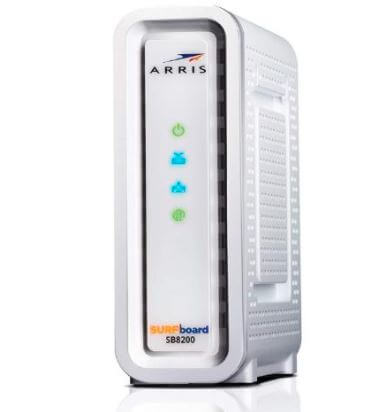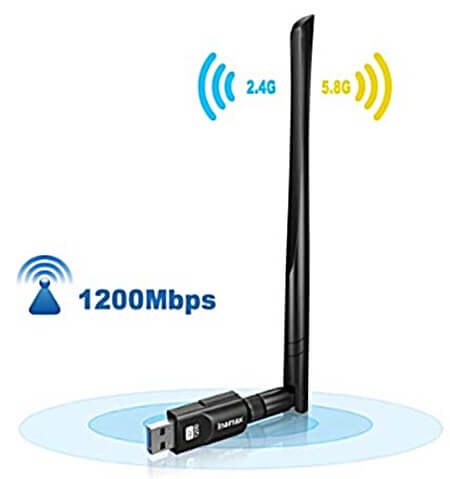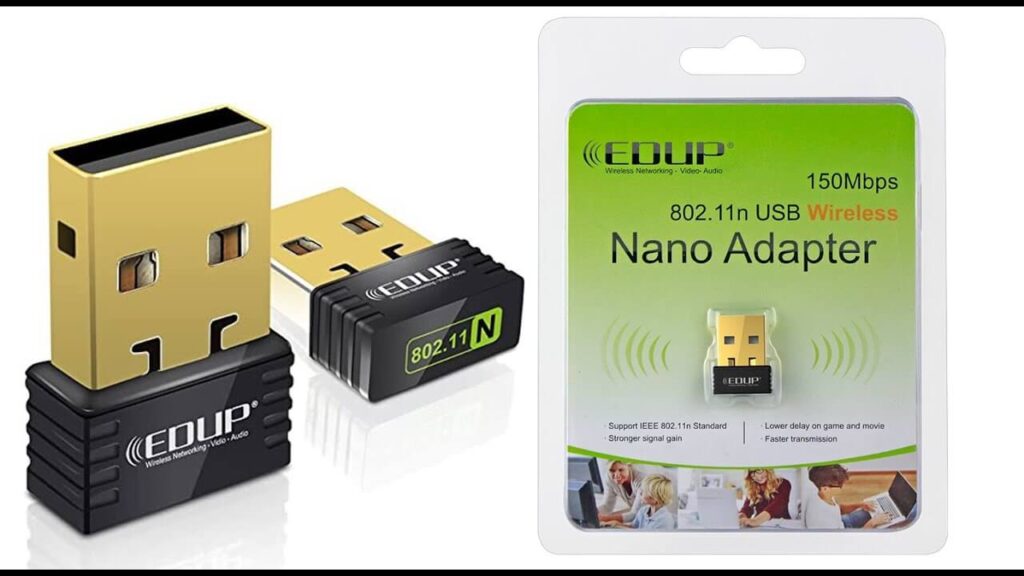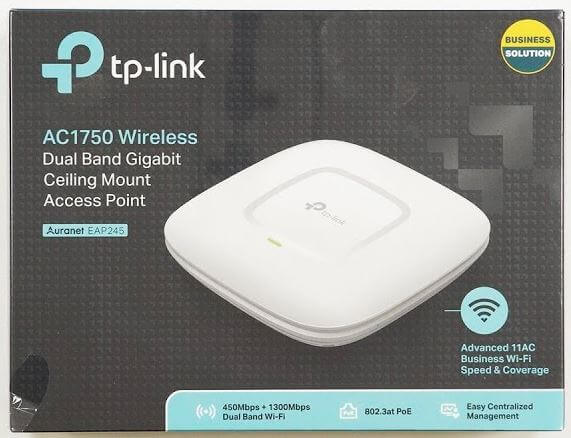With inexpensive notebooks, people like to save on the working memory or the SSD module. The manufacturers only use what is absolutely necessary, making the price more attractive. With little money and a few simple steps, you can upgrade most notebooks with RAM and a faster SSD module.
In this practical tip, we will show you how easy it is to expand your notebook. With an SSD, even old boxes run wonderfully again. Windows and Chrome are increasingly demanding memory and battery life. Often only a few screws separate you from the inside and upgrading is easier than you think.
Upgrade Notebook
First of all, the question: To what extent can a notebook be upgraded? Not as good as a PC system, because the processor and graphics in a notebook are usually soldered to the motherboard. Some components such as RAM, drive and WLAN card are plugged into most notebooks and can be exchanged. Some models have a second socket for RAM or a free M.2 slot. This means that with these notebooks you can – after opening the notebook – replace or expand these components. The opening is usually very easy. Loosen the screws and then remove the bottom of the notebook. Some notebooks have one or more service flaps on the underside that make it easier to access the memory or the drive.
This is what the inner workings of a notebook could look like. After removing the back, a lot of hardware becomes visible, whereby some can be exchanged. The components in detail that (could) appear:
- first RAM module
- second RAM module
- 2.5-inch drive (HDD / SSD)
- M.2 module
- battery pack
- WiFi module
- ventilation system
- speaker

For a little more than 30 euros you can upgrade your notebook by another 8 GB of working memory, a fast SSD costs similarly (~240 GB storage capacity). Provided the notebook can be expanded or the hardware components can be exchanged. You only have to pay attention to the right form factors and specifications for both components.
In the following video, we use the OMEN 15 (test) as an example to show you how to quickly and easily upgrade a notebook. We have various upgrade videos for different notebooks ready for you on our YouTube channel. Normally, most devices are very similar.
Upgrade Memory
People like to save on RAM, especially in the entry-level class. Most notebooks now come with 4 or 8 GB of RAM. Under no circumstances should there be less than 4 GB in the notebook when it is delivered. 8 GB is almost a must if you want to work with several programs at the same time. 16 GB is a bit oversized for a simple office and multimedia notebook, but future-proof. In gaming or business notebooks, 8 GB should never be undercut. More is better in most cases. A memory module with 4 GB is available for ~20 euros. A memory module with 8 GB of RAM costs between 30 and 40 euros. There are also modules with 16 GB, the price here is around 70 euros.
If you want to upgrade your memory, you should consider a few things before you buy it: not only the memory capacity is important, but also the specifications (DDR3 or DDR4), the speed in MHz, and the timing of the memory. Before buying a new memory module, you should first read out the internal memory module. If a second memory bar can be retrofitted, you should use an equivalent module (memory capacity, type, and timing). The two modules can then also be operated in dual-channel mode. This can bring an additional speed advantage, especially notebooks with AMD Ryzen react extremely positively to the double bandwidth. If the storage capacity is different (for example first module 4GB, second 8GB), the two modules cannot work in dual-channel mode. Two different modules would slow each other down. It is similar if the new module has a different timing. The fast module would then have to wait for the slower one in the dual channel.
If you can retrofit a RAM module in your notebook, it’s done quickly and you only have to open the notebook, locate the free socket and insert the new module into the slot. The new memory will be automatically recognized by the BIOS and Windows. After plugging in, you can close the notebook again. If there is no second socket, the existing RAM module must be replaced. If the main memory is soldered to the circuit board, it cannot be upgraded.

Upgrade SSD storage
For cost reasons, many notebooks in the lower price range only have an eMMC memory or a hard drive installed. These have quite modest access times and transfer rates. If eMMC storage is installed, the storage capacity is usually very low. An SSD or an M.2 module, which works significantly faster than the eMMC memory, can help. If your notebook has a hard drive installed, you can replace the hard drive with an SSD module, as both have the same connection (SATA). More on this in the Replace hard disk with SSD section. A 2.5-inch SSD module with 240 GB storage capacity costs around 33 euros. For a 240GB M.2 module have to invest about 10 euros more. But for this, you need the right M.2 connector on the circuit board.
Entry-level notebooks such as the Lenovo V130 not only have two RAM slots but also free storage space for an M.2 module, depending on the configuration. Sometimes the device comes with an SSD, sometimes with an HDD – accordingly, it covers a large price range. If you bought it cheaply, you also have the chance to upgrade afterward.
Now there are two options:
- Your notebook has an additional, free M.2 slot. You clone the operating system after installation.
- You upgrade the M.2 or 2.5-inch drive by replacing it. To transfer the operating system, you need an external medium with enough space or an enclosure for the new drive
Use new SSD/M.2 modules as a boot drive
After upgrading to an SSD/M.2 module, you should also use this as a boot drive. Because the operating system is loaded much faster with it and the transfer times are many times better than the eMMC memory or a hard disk. Before copying or cloning, you must first “register” the new drive in Windows, otherwise, Windows or the cloning program will not recognize this drive. In the disk management of Windows 10, you will see all disks.
Replace hard drive with SSD
If your notebook still has a 2.5-inch hard drive, you can significantly speed up the boot process and loading programs by replacing the drive. But that can only be done with tools and with more time. We have already described this in the following post. There you can read what you need to replace the hard drive and how you have to proceed.
If you have not yet installed Windows 10 on your notebook, then the following lines are of interest to you. Some users buy notebooks with FreeDOS or Linux to save money. Such a model may already be equipped with an SSD from home or you may have it, on which you then install Windows 10.





